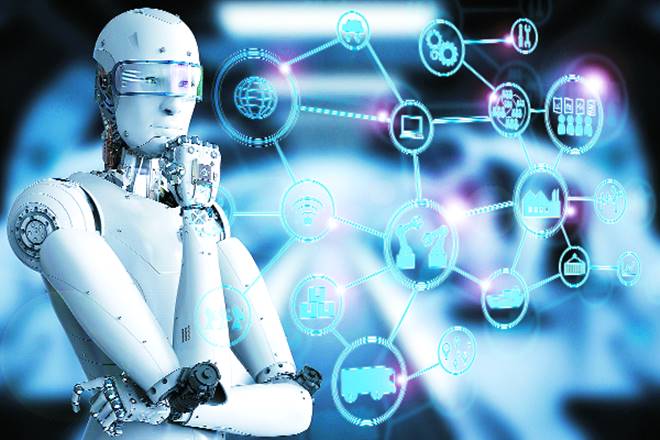Automation is no longer an option; it’s a necessity. A recent international survey ranked India among the top three countries in the world to implement robotic automation in core business processes. As one of the early adopters of automation, the Indian auto industry makes an ideal case study for other sectors to follow. From analysing the past, automation is now closely linked to predicting the future, through Data Analytics and Internet of Things. Automation allows for high levels of precision to ensure uniformity in quality and iron out inconsistencies. Automation, combined with connectivity, can lead to added transparency, real-time data analysis and incessant improvement in quality and environmental performances, which can help companies deliver excellence.
The debate between automation and job losses has been on since the first industrial machines were invented. But history teaches us that automation is part of a natural process of technological innovation and is necessary for economic growth. The challenge for policy-makers and organisations will be in re-skilling and up-skilling their existing workforce to undertake higher-profile jobs which are a direct result of automation. Today, we do not have the luxury of time as in the past; Industry 4.0 has seen disruptive innovation and changing times faster than ever before. With automation increasingly taking over mundane work, employees will have to focus on value-addition and explore their ability to innovate. It takes teamwork to integrate these processes and create a seamless working experience. When it comes to human resources, a recent study by Deloitte, the professional services company, indicated that only 17% of global HR executives feel they are ready to manage a workforce with people, robots and Artificial Intelligence working together.
The focus of the HR should not be on dealing with job losses as a result of automation, rather HR leaders need to redirect their focus on identifying areas where human intervention can add value to the organisation. For example, at TVS Motor Company, we invest in consistent upgrade and skill development of our resources by exposing them to global case studies and workshops on being future-ready. For companies, it is imperative to offer quality training and education to produce capable and competent professionals who will meet the growing demands of automation in the industry. It is essential to have the right mix that enables a healthy ecosystem where both coexist. Organisations need to strike the right balance between the levels of automation and the degree of human interface to limit excessive use of resources.
R Anandakrishnan
The author is senior vice-president, Human Resources & Information
Technology, TVS Motor Company.
Views are personal


